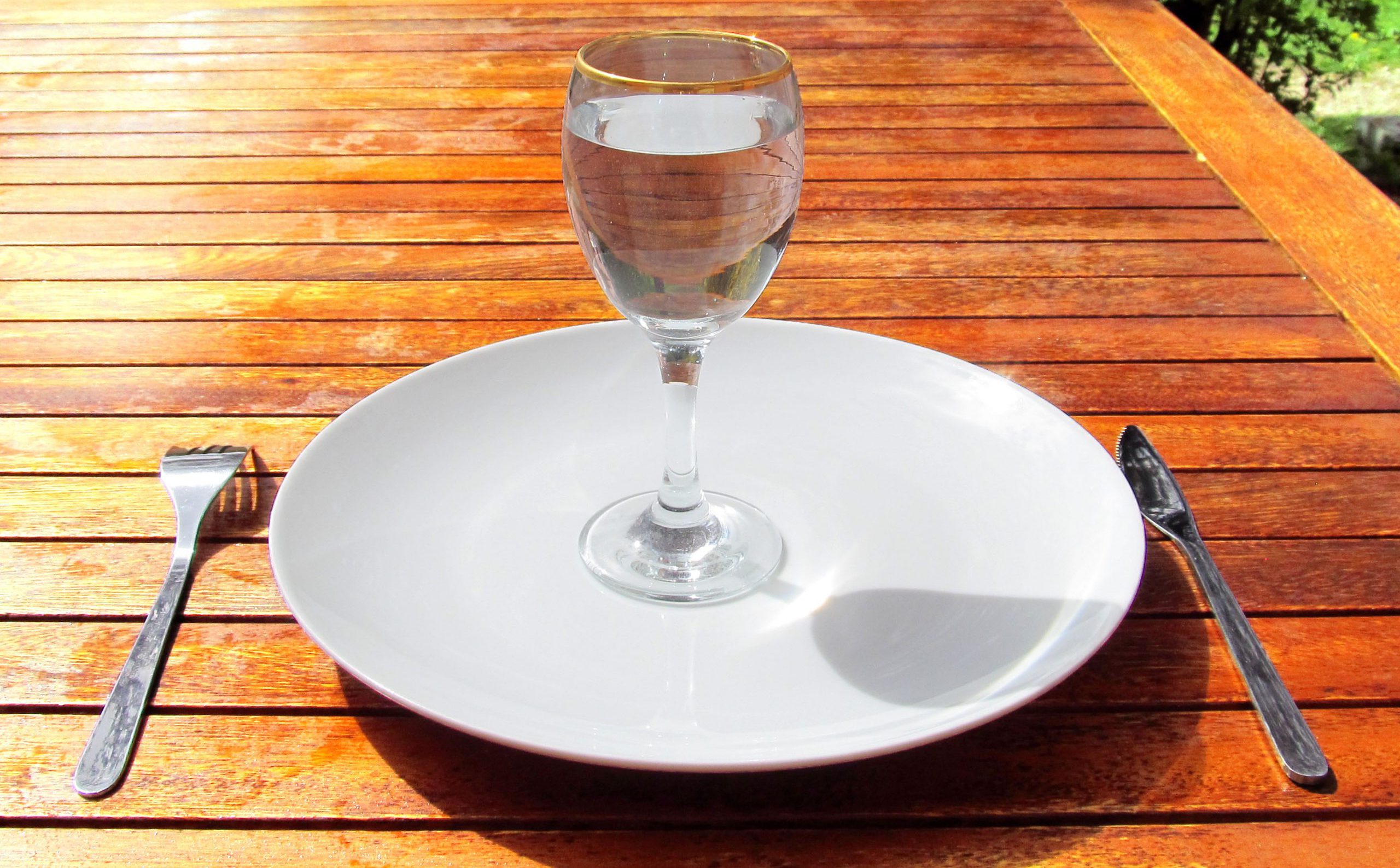As Eastern Orthodox Christians, fasting is an integral part of our spiritual journey. It is not merely a dietary restriction, but a means of drawing closer to God, cultivating self-discipline, and preparing our hearts for the great Feasts of the Church. However, anyone who has tried to keep the Orthodox fasts knows that it is not always easy. There are many obstacles—physical, emotional, social, and spiritual—that can make fasting a real struggle. In this blog post, we will explore some of the most common challenges Orthodox Christians face during fasting seasons and offer practical, faith-filled ways to overcome them.
5 minutes
1. Physical hunger and cravings
One of the most obvious challenges of fasting is managing physical hunger and cravings, especially for the foods we are accustomed to eating. The Orthodox fasts typically require us to abstain from meat, dairy, eggs, and sometimes even oil and wine. This sudden change in diet can leave us feeling deprived or physically uncomfortable, especially in the first few days.
How to overcome physical hunger and cravings:
- Consider planning your meals: At the end of the week, make a meal plan that includes nutritious, filling Lenten meals and snacks for the rest of your week. Include beans, lentils, whole grains, nuts, and plenty of fruits and vegetables. These foods provide protein and fiber, which help you feel satisfied longer.
- Drink more water: Sometimes, what feels like hunger is actually dehydration. Drink plenty of water throughout the day. Consider keeping a refillable water bottle with you!
- Accept discomfort as spiritual training: Remember, part of fasting is learning to say “no” to ourselves. When hunger pangs come, use them as a reminder to pray or to be mindful of our dependence on God.
2. Social and family pressures
Fasting can set us apart from those around us, especially if they are not Orthodox Christians. Whether it’s at family gatherings, work events, or dinners with friends, explaining why you’re not eating certain foods can be awkward. Sometimes, loved ones may not understand or may even pressure you to break the fast.
How to overcome pressures from family, friends, and colleagues:
- Communicate lovingly: If others ask why you are abstaining, you can share those reasons with your family and friends, emphasizing its importance to your spiritual life.
- Be flexible when needed: The Orthodox Church teaches oikonomia, meaning that fasting rules are not a burden to be imposed, but a guide to help us grow. If you are a guest or in a situation where refusing food would cause real offense, accept what is offered with gratitude and humility.
- Lead by example: Let your joy and peace during fasting be a quiet witness to those around you.
3. Lack of motivation and forgetfulness
It’s easy to start the fast with enthusiasm, only to lose focus as the days go by. We may forget the reasons for fasting, become discouraged by our weaknesses, or get swept up in the business of daily life.
How to overcome lack of motivation or forgetfulness:
- Stay connected to the Church: Attend services regularly, especially those unique to fasting seasons, such as the Liturgy of the Presanctified Gifts or the Akathist Hymn.
- Pray daily: Make time each day for prayer, asking God for strength and perseverance.
- Read spiritual books: The writings of the Church Fathers or contemporary Orthodox authors can help reignite your zeal.
4. Legalism and pride
Sometimes, we can become so focused on the rules of fasting that we forget its true purpose. Legalism can lead to pride (“I fast better than others”) or to judgment of those who struggle.
How to overcome legalism and pride:
- Remember the goal: The purpose of fasting is repentance, humility, and drawing closer to God. If your fast is making you proud or harsh, it’s time to reassess.
- Combine fasting with charity: The Prophet Isaiah teaches that the fast God desires includes caring for the poor and oppressed (Isaiah 58). Use the time and money you might have spent on food to help someone in need.
- Confess your struggles: Bring your temptations and failures to confession. The sacrament is a source of healing and renewal.
5. Physical health issues
Some people have medical conditions that make fasting difficult or even dangerous. Others may feel weak or exhausted, especially when first adopting the fasting discipline.
How to overcome certain physical health issues:
- Seek guidance: Always talk to your priest and, if necessary, a doctor about your health and fasting. The Church does not expect anyone to harm themselves in the name of fasting.
- Adjust as needed: Fasting can be modified for those who are ill, pregnant, elderly, or very young. The important thing is the spirit of obedience and humility.
- Trust God’s mercy: Fasting is not a test of willpower but an offering to God. Do what you can, and trust that God receives your effort with love.
Fasting is a journey!
Fasting in the Orthodox Church is a challenging but deeply rewarding discipline. It teaches us to rely on God, to be grateful for every gift, and to prepare our hearts for the joy of Christ’s Resurrection. The road is not always easy, but through prayer, community, and the grace of God, we can overcome the obstacles that arise. Let us encourage one another, remembering that every effort, no matter how small, brings us closer to the Kingdom of God.
May the Lord strengthen all of us as we strive to keep the fast with sincerity and love!
Keep Reading: 5 Health Benefits of Fasting

